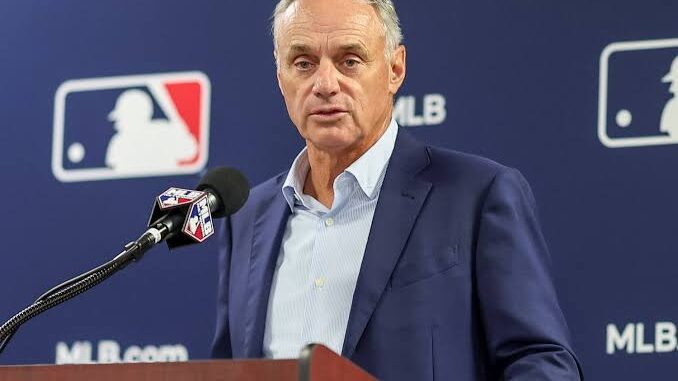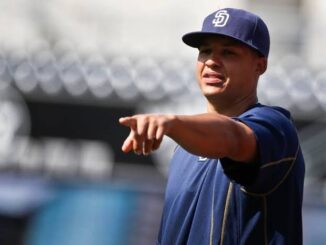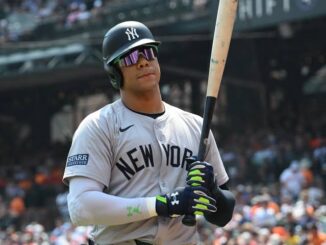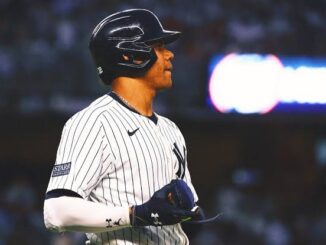
Major League Baseball is considering the possibility of instituting a six-inning minimum on starting pitchers, according to this report from Jesse Rogers of ESPN. A rule change like that is sure to shake the core of the game, especially with the changing trend of starting pitching as a hole. The major league average start is 5.25 innings so far in the 2024 season. 10 years ago, the average starter was getting 5.97 innings.
There isn’t a hard minimum of six innings, as teams would be able to pull pitchers if…
*Their pitch count exceeds 100
*The starter allows more than four earned runs
*The starter leaves the game with an injury (mandatory stint on the 15-day injured list)
The one exception I have to this is the injured starter. There are minor injuries that can cause the pitcher to be unable to continue in a game, but not severe enough that they have to miss their next start. Zac Gallen’s upper body cramp in his last start fits under that mold. That can be a problem because teams will either be forced to continue to pitch a compromised pitcher to avoid an IL stint or lose a healthy arm for two starts. Either option is untenable and defeats the purpose of this exercise.
This is a rule change that needs to be handled with absolute care by MLB, even as they’ve shown reckless abandon with this stuff. While it’s a great idea on paper, in practice it will be a very messy implementation that can contribute to future arm injuries if rushed. The current crop of pitchers are trained to throw with max velocity and effort for as long as they can, then get replaced by a series of high-octane arms for the rest of the game.
Because of that way, it is very difficult for a pitcher to consistently give a team six innings. The very few that do get paid handsomely when they hit the open market. Just looking at the Diamondbacks, Eduardo Rodríguez and Jordan Montgomery got contracts north of $20 million per season in free agency. The typical starter that fits that profile is one with exceptional command and the ability to effectively change speeds and locations.
However, most starters in today’s game aren’t that good, especially with the emphasis on velocity and stuff by major league organizations as the best path forward. Today’s hitters are very skilled, most of them capable of turning around mid-to-upper-90s velocity. As such, we’ve seen pitchers with plus fastballs like Ryne Nelson and Slade Cecconi struggle early in their careers.
“You would have to push command over stuff,” Diamondbacks GM Mike Hazen told Rogers. “Pushing [pitching to] contact would be the biggest thing to prepare guys to throw six innings on a consistent basis. There would have to be some pullback on velocity, though that’s a tough thing, because that’s where you get outs.”
In the absence of velocity, the ability to change speeds and locations becomes paramount. That’s why pitchers like Rodríguez, Merrill Kelly, and Zac Gallen continue to be effective starters despite below-average fastball velocity.
Looking at the Diamondbacks rotation, Brandon Pfaadt and Ryne Nelson are both showing the ability to give consistent length out of the rotation this season. Compared to most teams, they are ahead of the curve if they can maintain a healthy rotation, but that’s because they paid for that type of arm and did a good job of developing the rest.
For the other 29 teams, they’ll have to reconsider how they develop pitching as an organization. As Hazen alludes to, it will be difficult for them to de-emphasize velocity and pitching to contact instead early in the count to pace themselves better. Teams will need to have some kind of notice of a change, so they have the time to prepare for such a change. It will take a good four to five years minimum for teams to start fresh with a new philosophy and develop pitchers in a way that’s compliant to the rule.



Be the first to comment